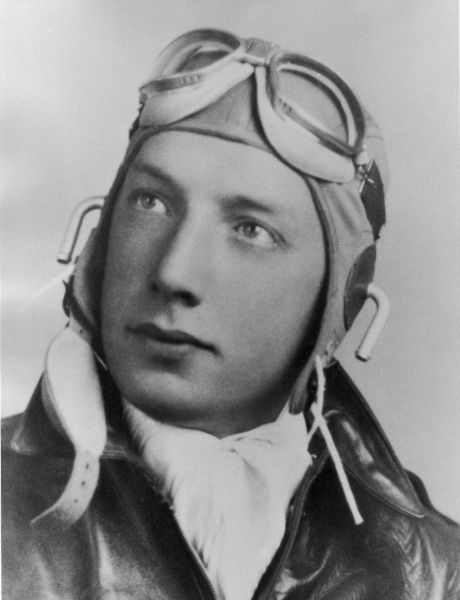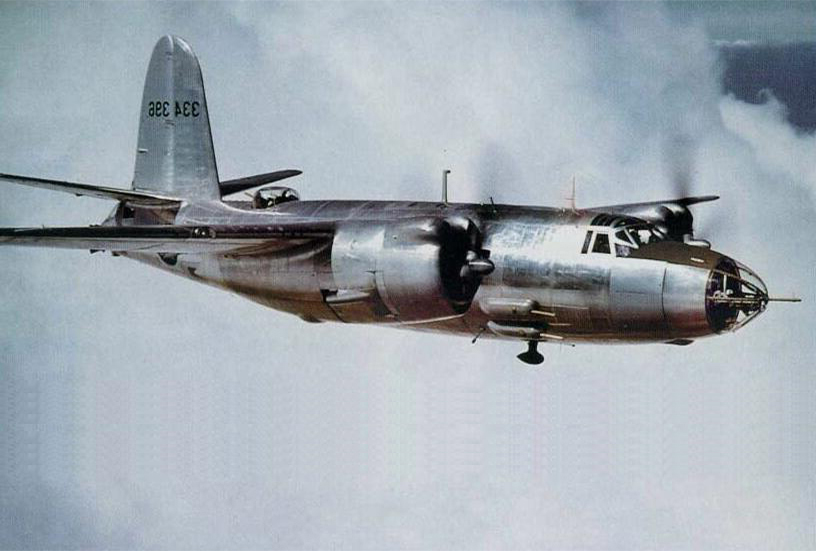Lindsey, Darrell Robins
- Date of birth:
- December 30th, 1919 (Jefferson/Iowa, United States)
- Date of death:
- August 9th, 1944 (l'Ile d'Adam, France)
- Mentioned on:
- Ardennes American Cemetery and Memorial
- Nationality:
- American (1776 - present, Republic)
Biography
Service number: 17042483.
Darrell Lindsey was born in Jefferson, Iowa as son of Jesse Lyle and Grave Alice Lindsey. After his education on the Buena Vista University from 1937 until 1941, he enlisted to the Air Corps as Aviation Cadet in Fort Des Moines, Iowa, on 16th January 1942. He received his basic training at Visalia. Lemoore and Victorville, all in California. In August 1942 he graduated and was commissioned as second Lieutenant. He received a bombardier training at Kirtland Field in New Mexico.
In 1943 he was assigned to the 314th Bomb Squadron with base at MacDill Field in Florida. Here he was promoted to first Lieutenant. In September 1943 he was assigned to the 585th Bomb Squadron, 394th Bomb Group, flying the B-26 Marauder and stationed on Kellogg Field in Michigan. In December 1943 he was promoted to Captain and assigned as flight commander. With this unit he went in February 1944 to Europe.
On 9th August 1944, he flew on a mission as group leader. The mission was to destroy a bridge over the river Seine at L’Isle Adam, near Paris. During the bomb run, Lindsey’s plane was damaged badly, but he managed to lead the run. During the run he ordered his crew to bail out. Before he could himself leave the plane, it exploded. Lindsey was reported missing in action, presumed killed. It was Lindsey’s 46th combat mission.
His name was added on the "Tablets of the Missing" at the Ardennes Monument in Neupré, Belgium on the American War Cemetery Ardennes.
Do you have more information about this person? Inform us!
- Period:
- Second World War (1939-1945)
- Rank:
- Captain
- Unit:
- 585th Bombardment Squadron, 394th Bombardment Group, U.S. Army Air Forces
- Awarded on:
- May 30th, 1945
Awarded posthumously
- Period:
- Second World War (1939-1945)
- Period:
- Second World War (1939-1945)
This award was obtained in the form of an Oak Leave to be attached on the ribbon of the first award.
- Period:
- Second World War (1939-1945)
This award was obtained in the form of an Oak Leave to be attached on the ribbon of the first award.
- Period:
- Second World War (1939-1945)
This award was obtained in the form of an Oak Leave to be attached on the ribbon of the first award.
- Period:
- Second World War (1939-1945)
This award was obtained in the form of an Oak Leave to be attached on the ribbon of the first award.
- Period:
- Second World War (1939-1945)
This award was obtained in the form of an Oak Leave to be attached on the ribbon of the first award.
- Period:
- Second World War (1939-1945)
This award was obtained in the form of an Oak Leave to be attached on the ribbon of the first award.
- Period:
- Second World War (1939-1945)
This award was obtained in the form of an Oak Leave to be attached on the ribbon of the first award.
- Period:
- Second World War (1939-1945)
This award was obtained in the form of an Oak Leave to be attached on the ribbon of the first award.
- Period:
- Second World War (1939-1945)
- Period:
- Second World War (1939-1945)
- Period:
- Second World War (1939-1945)
- Period:
- Second World War (1939-1945)
- Period:
- Second World War (1939-1945)
Sources
- Photo 1: Jasper van Haren/Pima Air and Space Museum
- - Jordan, Kenneth N., Yesterday’s Heroes, Schiffer Publishing Ltd., USA, 1996.
- American Battle Monuments Commission
- NARA Archival Database










